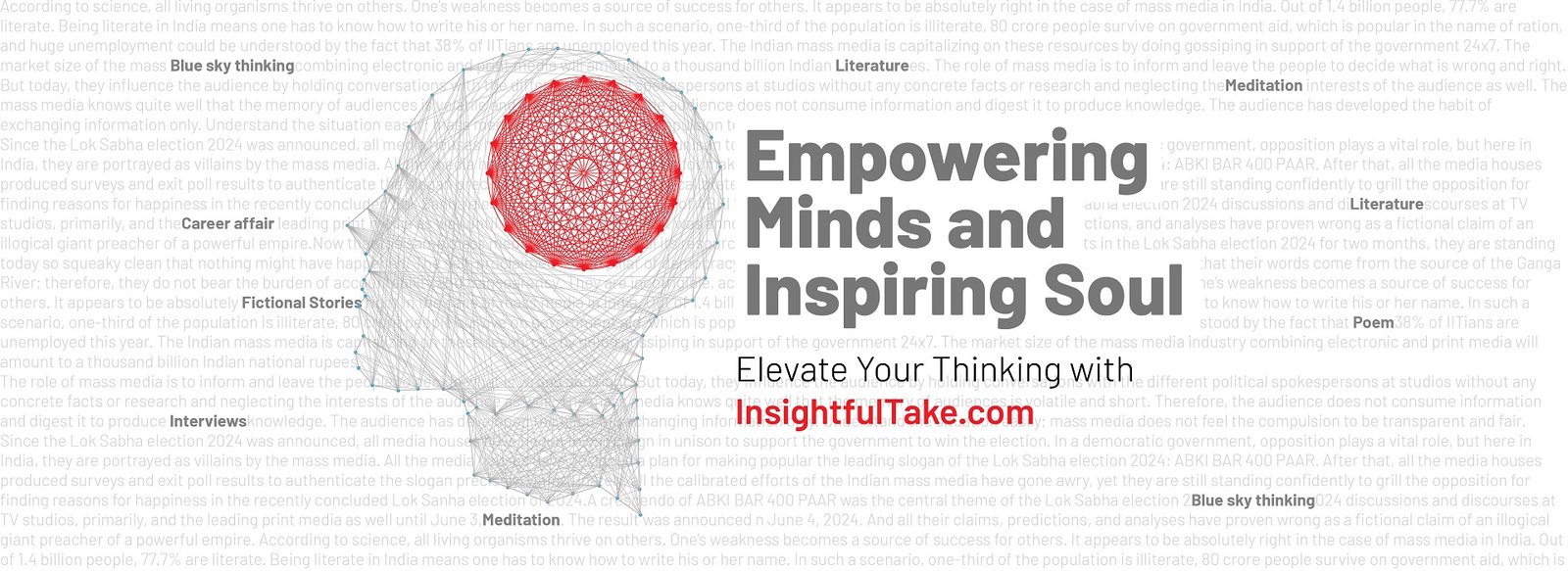
You arrive at the office, and before you even touch your desk, the day’s work is already in motion. Reports are prepared, emails are drafted, meetings are scheduled, and client follow-ups are handled—all without your intervention. It feels as if an invisible assistant has been working behind the scenes, anticipating your needs and executing tasks seamlessly. This isn’t a glimpse into the distant future but a reality shaped by agentic AI, a new generation of artificial intelligence that doesn’t just respond to commands but proactively thinks, plans, and acts, transforming the modern workplace in ways once thought impossible.
The Rise of Agentic AI in Workplaces
Agentic AI represents a major leap from traditional automation. Unlike conventional AI, which primarily assists with predictive analysis and response-based tasks, agentic AI is designed to function autonomously. It analyzes data, prioritizes work, makes decisions, and executes complex workflows with minimal human input. As a result, businesses across industries are increasingly deploying AI-driven agents to enhance productivity and efficiency.
Leading tech companies are already integrating agentic AI into their operations, making it an integral part of business workflows. Adobe has introduced AI-driven agents to streamline enterprise tasks, while Microsoft has developed intelligent sales bots capable of researching leads and engaging customers autonomously. Zoom’s AI now schedules meetings, tracks projects, and drafts communication, ensuring seamless collaboration. Cisco is using AI-powered assistants to revolutionize customer support by handling high-volume queries with human-like responses. Meanwhile, Nvidia and Wipro are working on AI solutions designed specifically for government applications, pushing the boundaries of automation beyond the corporate world.
Transforming Workplace Efficiency and Collaboration
This transformation is not just about efficiency; it’s about redefining the workplace itself. AI is no longer confined to predictive analysis or content generation—it is evolving into an independent workforce capable of handling complex, multi-step processes. By eliminating tedious administrative work, AI empowers employees to focus on tasks that require human creativity and critical thinking.
For instance, AI-driven project management tools can now predict potential bottlenecks, allocate resources efficiently, and even suggest optimal deadlines. AI-powered HR systems can screen resumes, conduct initial candidate assessments, and onboard new employees with personalized training modules. In customer service, AI chatbots are evolving to provide real-time, nuanced responses, ensuring a seamless customer experience without human intervention.
Ethical Considerations and Workforce Adaptation
The shift toward AI-driven workplaces raises essential questions about its ethical implications, workforce adaptation, and regulatory oversight. While concerns about AI replacing jobs remain, industry experts believe that its true value lies in eliminating repetitive tasks, allowing human employees to focus on strategic thinking, problem-solving, and creativity.
To ensure a smooth transition, organizations must invest in AI literacy programs to upskill employees, enabling them to collaborate effectively with AI-driven agents. Additionally, transparent AI governance frameworks must be established to prevent algorithmic biases and ensure ethical deployment.
The Future of AI-Human Collaboration
As companies embrace AI-driven automation, the workplace of the future is taking shape. Instead of replacing human ingenuity, AI is becoming an intelligent collaborator, handling the mundane so employees can focus on innovation. This shift marks the beginning of a new era where humans and machines work together, not in competition but in seamless partnership.
Looking ahead, AI’s role in the workplace will continue to expand. Advanced AI systems may soon take on more strategic roles, providing executives with real-time insights and predictive analytics to drive business decisions. AI-driven teams will become the norm, creating workplaces that are more efficient, adaptive, and resilient to change.
In this new age of agentic AI, success will belong to businesses that learn to harness its potential while fostering an environment where human creativity and machine intelligence coexist in harmony. The challenge is no longer about whether AI will replace jobs—it’s about how we redefine the roles of humans in a world where AI is an indispensable colleague.

